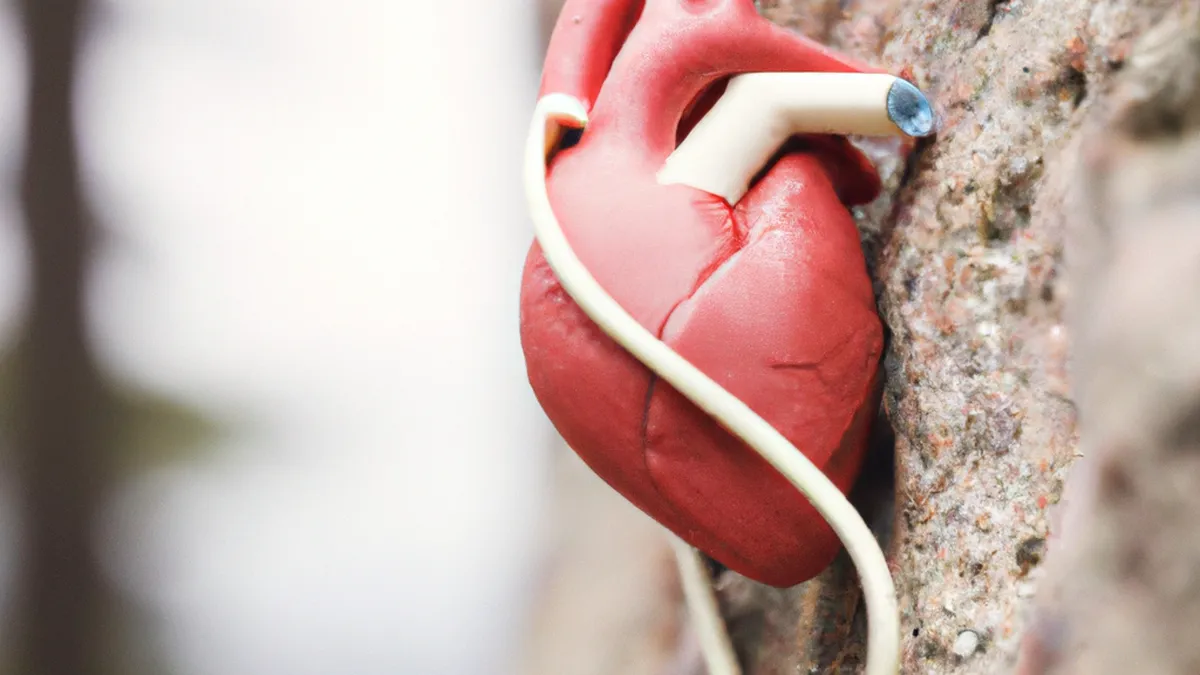Monitor Your Heart Rate For Climbing Success
How to Use Heart Rate Monitors During Climbing SessionsClimbing challenges both mind and body. Use a heart rate monitor to track exertion and improve performance. This device offers real-time data, helping you adjust your efforts. Let’s explore effective ways to use a heart rate monitor while climbing.
As an Amazon Associate I earn from qualifying purchases.
Gear tip: consider climbing chalk bag, training pinnies, and stopwatch to support this topic.
Understanding Heart Rate Zones
Heart rate monitors track your heart rate in beats per minute (BPM). Knowing heart rate zones enhances your climbing experience.
What Are Heart Rate Zones?
Heart rate zones indicate exercise intensity. The five primary zones are:1. **Resting Zone (50-60% of max HR)**: Ideal for warm-ups and cool-downs.2. **Fat Burn Zone (60-70% of max HR)**: Great for endurance training.3. **Cardio Zone (70-80% of max HR)**: Perfect for improving cardiovascular fitness.4. **Anaerobic Zone (80-90% of max HR)**: Increases speed and power.5. **Red Line Zone (90-100% of max HR)**: Short bursts of extreme effort.
How to Calculate Your Max Heart Rate
Calculate your max heart rate using the formula: 220 minus your age. For example, a 30-year-old has a max heart rate of 190 BPM. Use this number to determine your target zones for climbing.
Setting Goals for Your Climb
To use a heart rate monitor effectively, set clear climbing goals. Decide what you want to achieve.
Focus on Specific Training Goals
Are you building endurance or improving strength? Define your objectives before climbing. Common goals include:- **Endurance Training**: Spend more time in the Fat Burn Zone.- **Strength Training**: Focus on short bursts in the Anaerobic Zone.- **Technique Improvement**: Use the Resting and Cardio Zones for warm-ups and drills.Establishing goals helps tailor your climbing sessions to your fitness objectives.
Tips for Using a Heart Rate Monitor
Integrate a heart rate monitor into your climbing routine for optimal performance. Follow these tips:
Wear It Correctly
Ensure the monitor fits snugly around your chest or wrist. A loose monitor can yield inaccurate readings. Check the device before climbing to ensure proper functionality.
Monitor Your Heart Rate During Climbs
Pay attention to your heart rate as you climb. If you find yourself in the Anaerobic or Red Line zones, pace yourself. Focus on maintaining a steady rhythm instead of sprinting.
Analyze Data After Your Session
Review your heart rate data post-climb. This analysis helps identify trends. If your heart rate spikes quickly, consider improving your pacing or conditioning.
Benefits of Using a Heart Rate Monitor
Incorporating a heart rate monitor offers numerous benefits. Here are some key advantages:
Enhanced Performance Tracking
A heart rate monitor provides precise data. Track your progress over time. Identify strengths and weaknesses in your climbing routine. Adjust your training plans accordingly.
Improved Safety
Climbing is physically demanding. Monitoring your heart rate helps avoid overexertion. If your heart rate exceeds your target zone, take a break. This precaution reduces injury risk and enhances safety.
Better Recovery
Understanding your heart rate aids in recovery. If your heart rate normalizes quickly after a climb, it indicates good cardiovascular fitness. Longer recovery times may signal a need for training intensity adjustments.
Conclusion
Using a heart rate monitor during climbing enhances performance and safety. Understand heart rate zones, set clear goals, and analyze data for informed training decisions. This tool enables smarter climbing and maximizes enjoyment. Gear up, strap on that monitor, and elevate your climbing experience!
Below are related products based on this post:
FAQ
What are heart rate zones?
Heart rate zones indicate the intensity of your exercise and are divided into five primary categories: Resting Zone, Fat Burn Zone, Cardio Zone, Anaerobic Zone, and Red Line Zone. Each zone corresponds to a specific percentage of your maximum heart rate and serves different training purposes, from warm-ups to high-intensity efforts.
How can I calculate my maximum heart rate?
Your maximum heart rate can be calculated using the formula: 220 minus your age. For example, if you are 30 years old, your maximum heart rate would be 190 BPM, which can help you determine your target zones for climbing.
Why should I analyze my heart rate data after climbing?
Analyzing your heart rate data after climbing helps you identify trends and assess your performance. It allows you to see how quickly your heart rate returns to normal and make necessary adjustments to your training intensity for improved pacing and conditioning.















Post Comment